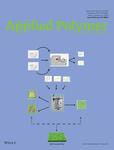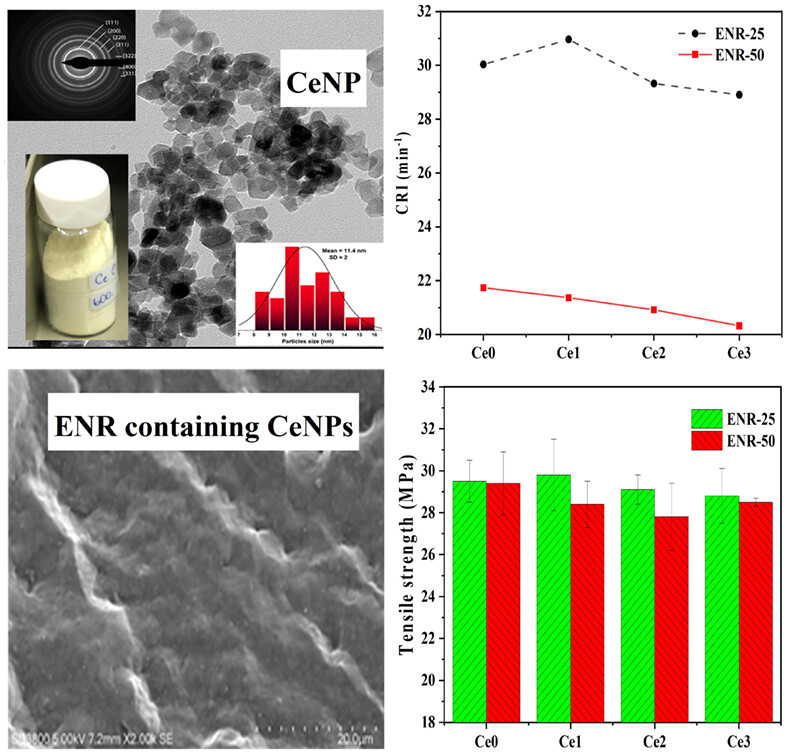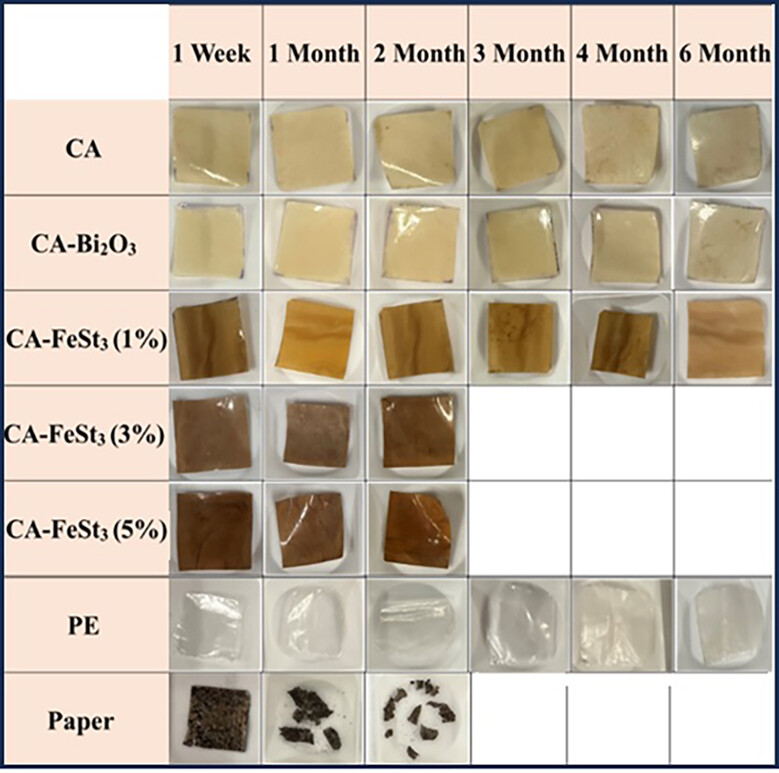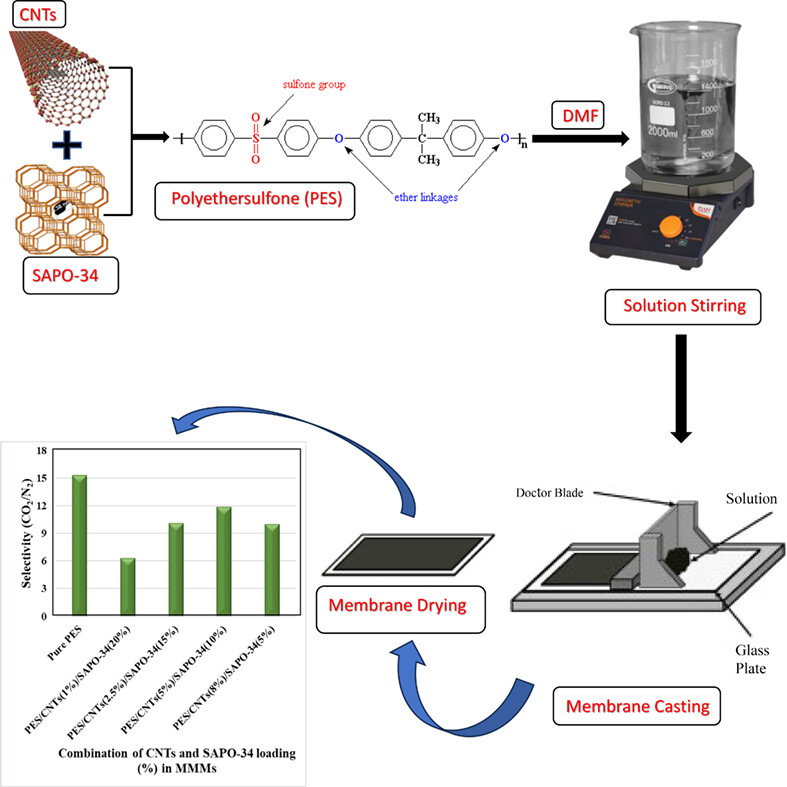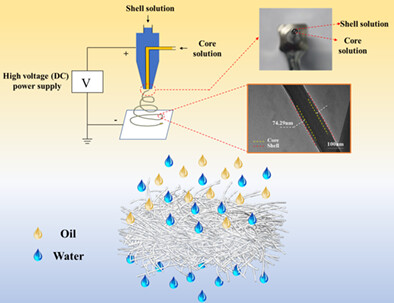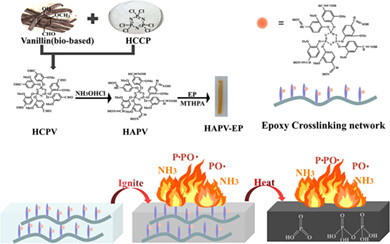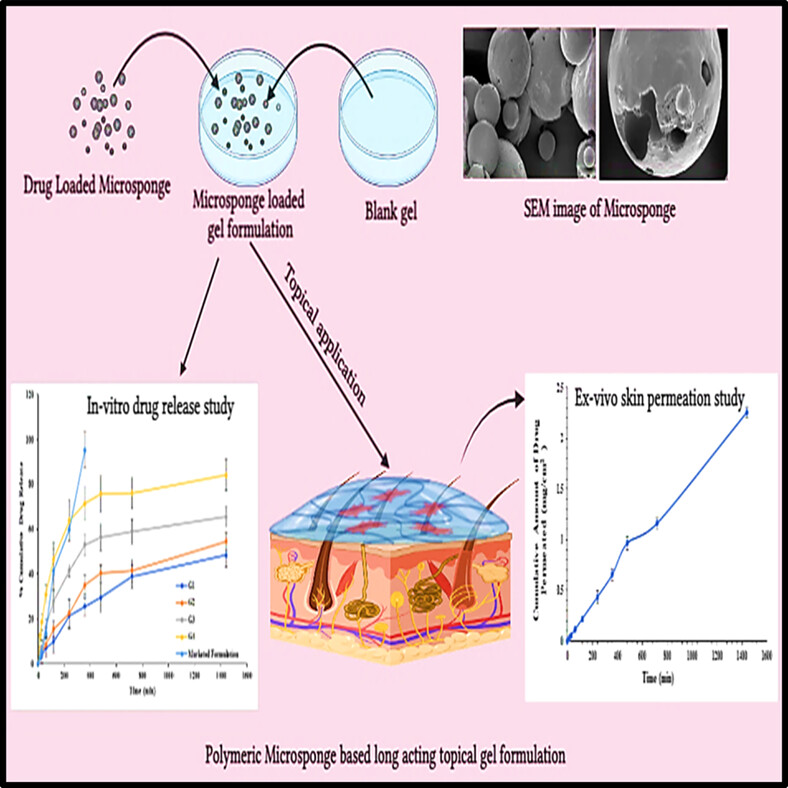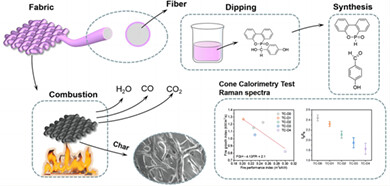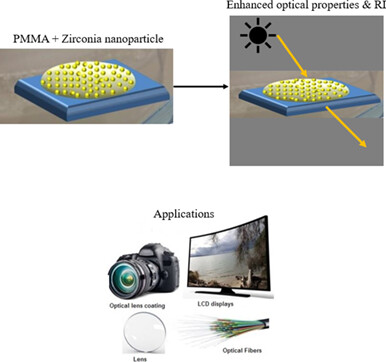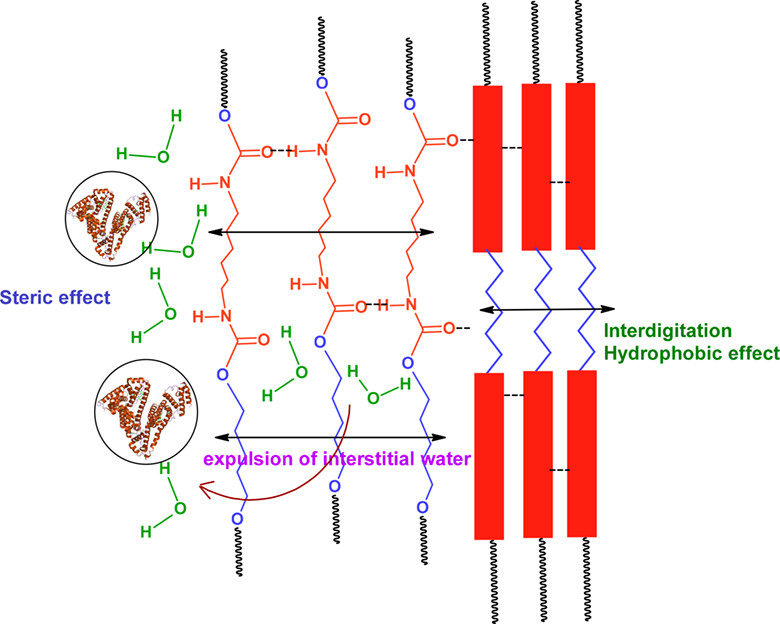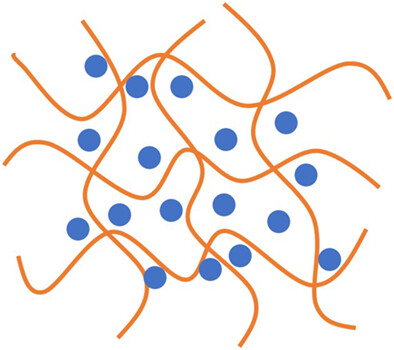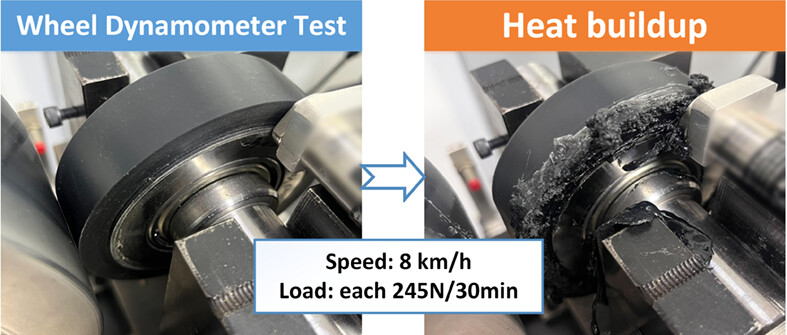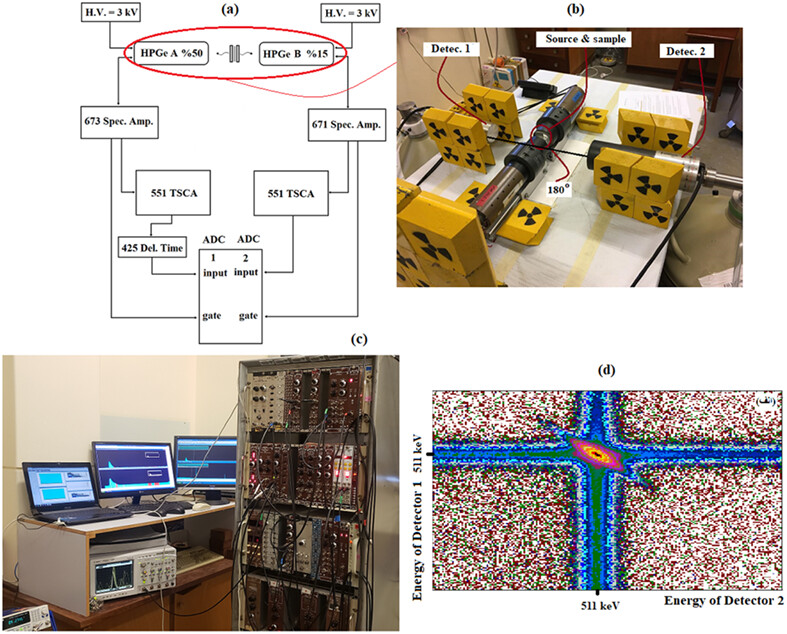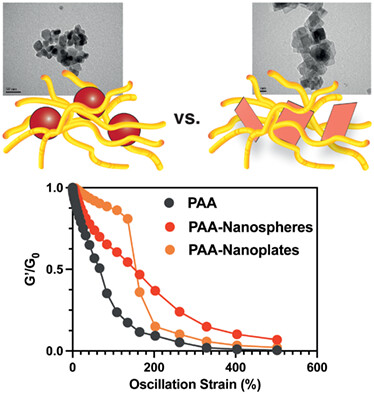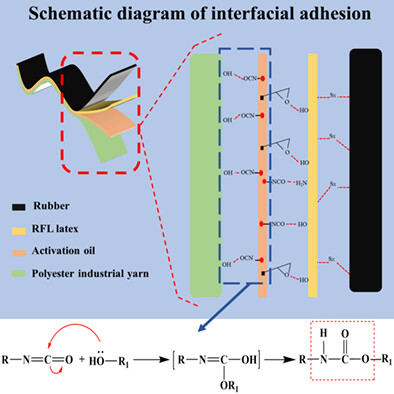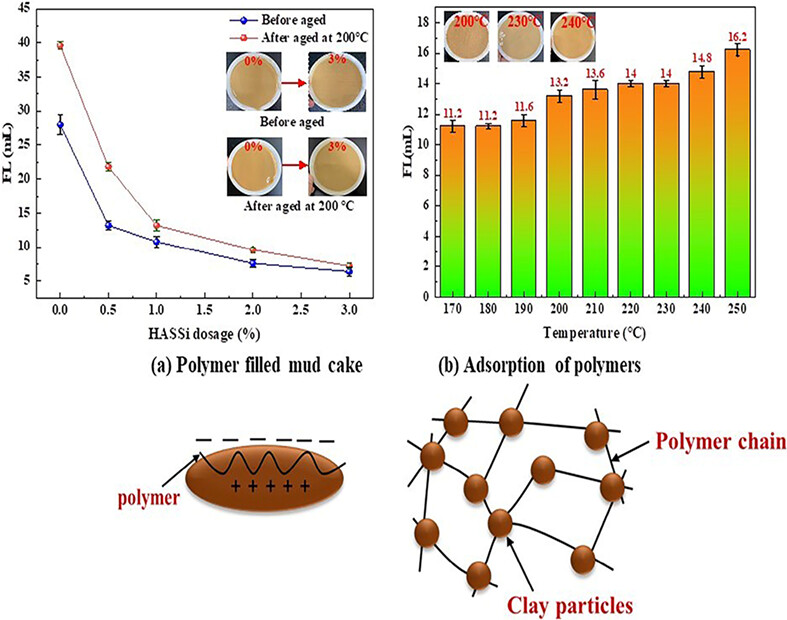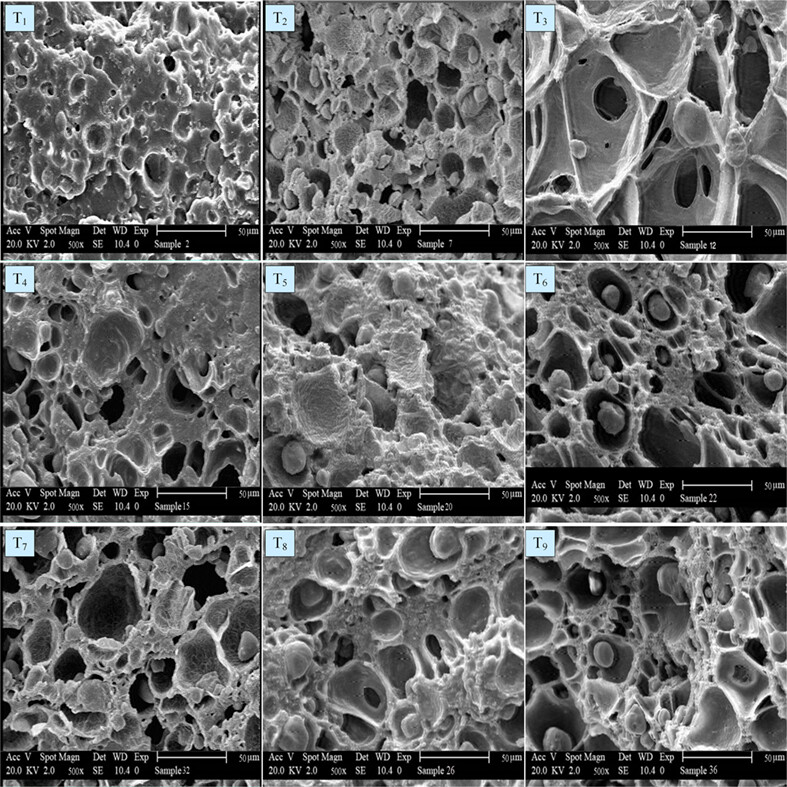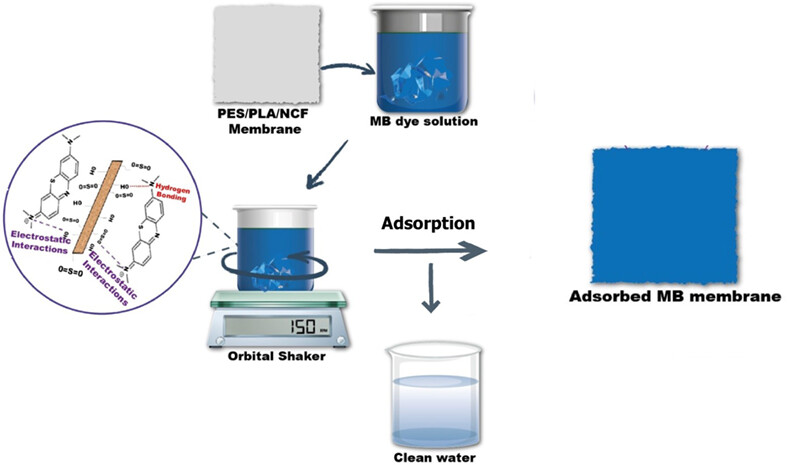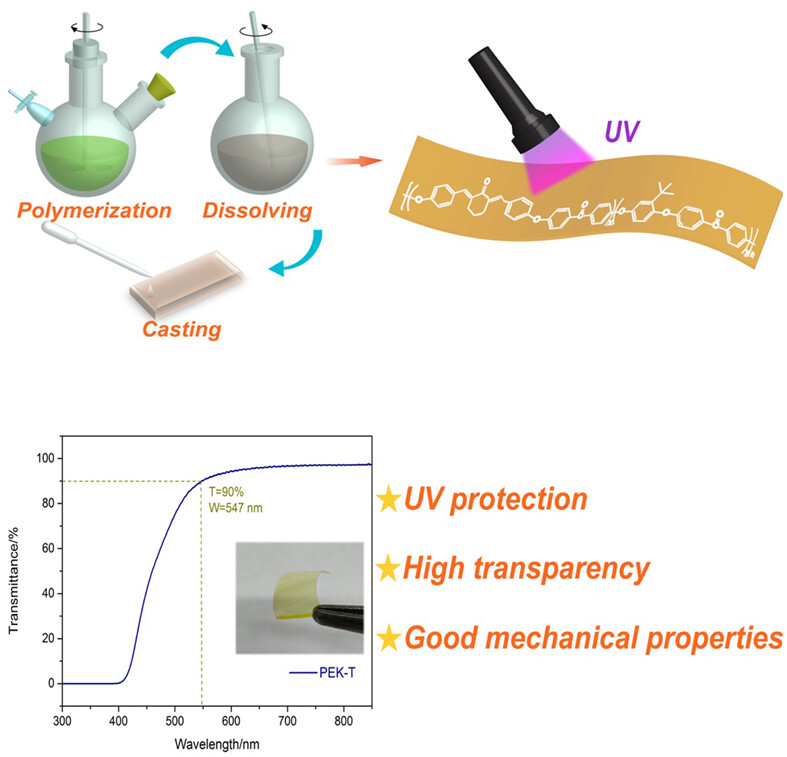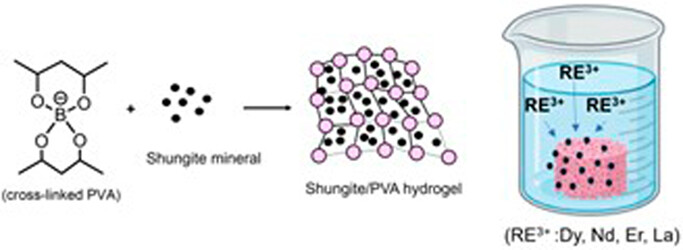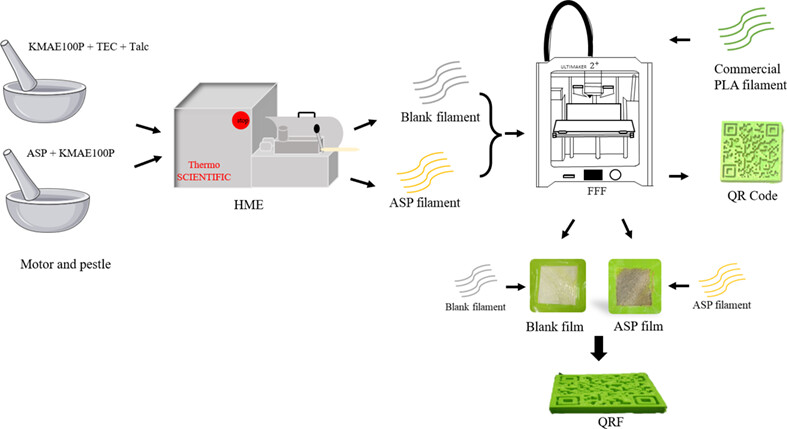Journal list menu
Export Citations
Download PDFs
COVER IMAGE
Cover Image, Volume 141, Issue 8
- First Published: 15 January 2024
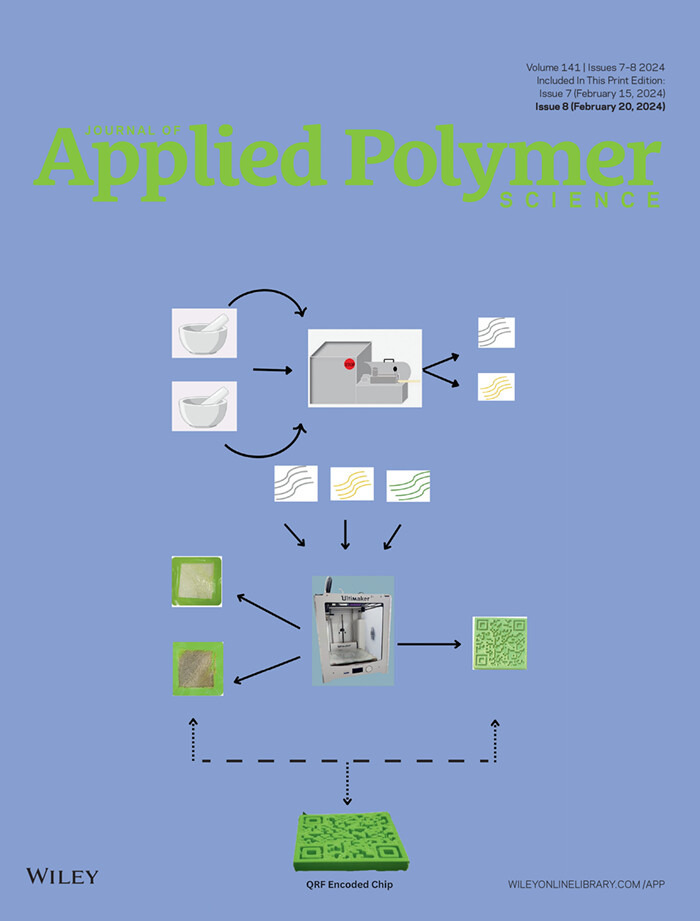
Purushottam. B. Suryavanshi created the cover image that shows Fused Filament Fabrication (FFF) coupled with Hot-melt Extrusion (HME) for the fabrication of enteric film engraved onto Quick Response (QR) encoded PLA films for enteric intestinal specific delivery. DOI: 10.1002/app.55048
ISSUE INFORMATION
RESEARCH ARTICLES
Improved cure characteristics and mechanical properties of an epoxidized natural rubber filled with cerium oxide nanoparticles: Influence of epoxide levels and filler loading
- First Published: 27 November 2023
Effect of pro-oxidants on the aerobic biodegradation, disintegration, and physio-mechanical properties of compostable polymers
- First Published: 02 December 2023
Quest for high performance carbon capture membranes: Fabrication of SAPO-34 and CNTs-doped polyethersulfone-based mixed-matrix membranes
- First Published: 30 November 2023
Insight into the synthesis and thermomechanical properties of “short-long” type biobased aliphatic polyesters
- First Published: 28 November 2023
Preparation of PAN@PU coaxial electrostatic spun nanofibers for oil/water separation
- First Published: 29 November 2023
Synthesis of bio-based reactive N/P flame retardant and its curing and flame retarding behavior in epoxy resins
- First Published: 22 December 2023
Composite polymeric microsponge-based long-acting gel formulation for topical delivery of mupirocin
- First Published: 01 December 2023
Synthesis of a graft-functionalized flame retardant based on DOPO and its application on the surface of terylene/cotton fabrics
- First Published: 06 December 2023
Optical and physical properties of zirconium dioxide reinforced poly(methyl methacrylate) nanocomposite films
- First Published: 12 December 2023
Chitosan-gelatin/hydroxyapatite-based scaffold associated with mesenchymal stem cells differentiate into osteoblasts improves the surface of the bone lesion in mice C57BL/6J
- First Published: 28 November 2023
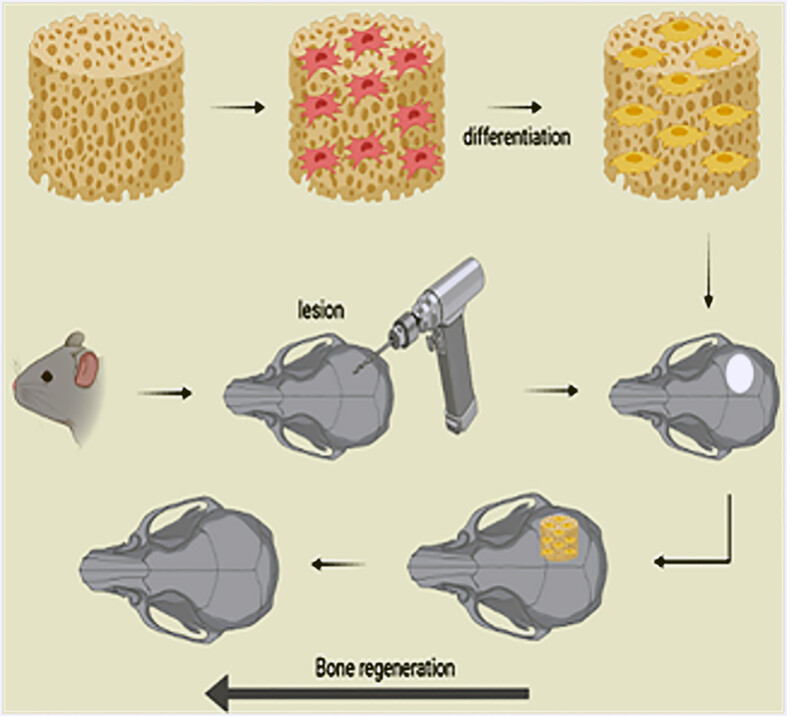
Developing new bone tissue engineering strategies is still necessary. This work aims to construct a chitosan-gelatin/hydroxyapatite-based (CG/H) scaffold to support mesenchymal stem cell (MSC). The CG/H scaffold presents reasonable adhesion rates, low cytotoxicity, and excellent alkaline phosphatase activity. The in vivo studies demonstrate the CG/H scaffold with MSC adhere can significantly enhance the closure of the bone lesion.
Quaternarized cationic poly[(vinyl chloride)-co-(vinyl chloroacetate)] binary copolymer as non-migration antibacterial additive in PVC matrix
- First Published: 28 November 2023
![Quaternarized cationic poly[(vinyl chloride)-co-(vinyl chloroacetate)] binary copolymer as non-migration antibacterial additive in PVC matrix](/cms/asset/9504cccb-b178-44fd-8ee5-ce0e97b035e3/app54979-toc-0001-m.jpg)
Low average-number molecular weight poly[(vinyl chloride)-co-(vinyl chloroacetate)] (PVC-co-PVCA) binary copolymer is synthesized by precipitation copolymerization in n-hexane. Quaternized copolymers have superior bacteriostasis ratio against both Escherichia coli and Staphylococcus aureus, which can be utilized as non-migration antimicrobial additive in PVC matrix.
Silk nanofibrous scaffolds assembled by natural polysaccharide konjac glucomannan
- First Published: 02 December 2023
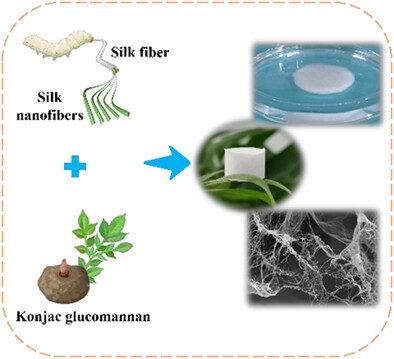
Natural silk fibroin nanofibers (SNF) scaffolds with ECM-mimicking architecture and tunable properties were developed by using the natural polysaccharide konjac glucomannan (KGM) as a physical adhesive. The introduction of a small amount of KGM can confer the SNF scaffolds good structural stability in an aqueous environment, but does not significantly sacrifice the nanofibrous morphology and porosity of the scaffolds.
Tuning physical properties of polyurethane hard segments through extender chain length variation and doping of pentaerythritol and their effect on in vitro protein adsorption
- First Published: 08 December 2023
Effects of metal oxides on the dielectric and mechanical properties of silicone rubber composites
- First Published: 27 November 2023
Casting poly(urethane-imide) elastomers with improved thermoviscoelasticity
- First Published: 20 December 2023
Characterization of polar groups in polyvinyl chloride–ethyl vinyl acetate blends using coincidence Doppler broadening spectroscopy
- First Published: 27 November 2023
Influence of TiO2 nanofiller geometry on the rheological and optical properties of poly(acrylic acid)-based nanocomposite hydrogels
- First Published: 04 December 2023
The strength of particulate polymer composite: A new insight on crystallinity and structural morphology
- First Published: 11 December 2023
Influence of dielectric properties of polybutylene terephthalate and respective foam beads on process behavior in radio-frequency welding
- First Published: 08 December 2023
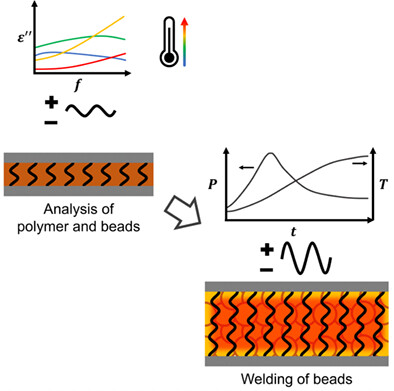
The dielectric properties of polymers change with frequency and temperature, which can be applied to the respective foamed beads. The interaction between the polymer and the electromagnetic field leads to heating of the material and feedback through the power input during the cycle time. With this correlation, the state of the material can be monitored in real time.
The influence of polycaprolactone content on the surface properties of polyurethane networks
- First Published: 02 December 2023
Interface, thermal, and Fourier transform—infrared spectroscopy investigation on polylactic acid/polyhydroxyalkanoate composites with silane-treated aluminum particles and intercalated montmorillonite inclusions for semiconductor devices
- First Published: 22 December 2023
The role and mechanism of temporary blocked isocyanate at interface between polyethylene terephthalate high-strength fibers and activation oil
- First Published: 08 December 2023
Synthesis and mechanism study of an environmentally friendly filtrate reducing agent from humic acid and organic silicon
- First Published: 07 December 2023
Performance optimization of acrylonitrile butadiene styrene/thermoplastic polyurethane composite foams blown with carbon dioxide using Taguchi technique
- First Published: 30 November 2023
Development of polyethersulfone/polylactic acid-blended nanocellulose membranes for enhanced removal of methylene blue dye
- First Published: 10 December 2023
Synthesis and characterization of novel main-chain benzoxazines containing cycloaliphatic and aliphatic structures and their thermal and dielectric properties
- First Published: 12 December 2023
A molecular dynamics study of 3C-SiC/epoxy nanocomposite as a metal-free friction material
- First Published: 04 December 2023
Preparation and characterization of transparent polyetherketone
- First Published: 04 December 2023
Shungite/poly(vinyl alcohol) hybrid hydrogels: An efficient adsorption material for rare earth metals in aqueous media
- First Published: 12 December 2023
Influence of aluminum nanoparticles in epoxy resin and epoxy coating for anticorrosion and antibacterial protection in pipeline industry
- First Published: 10 December 2023
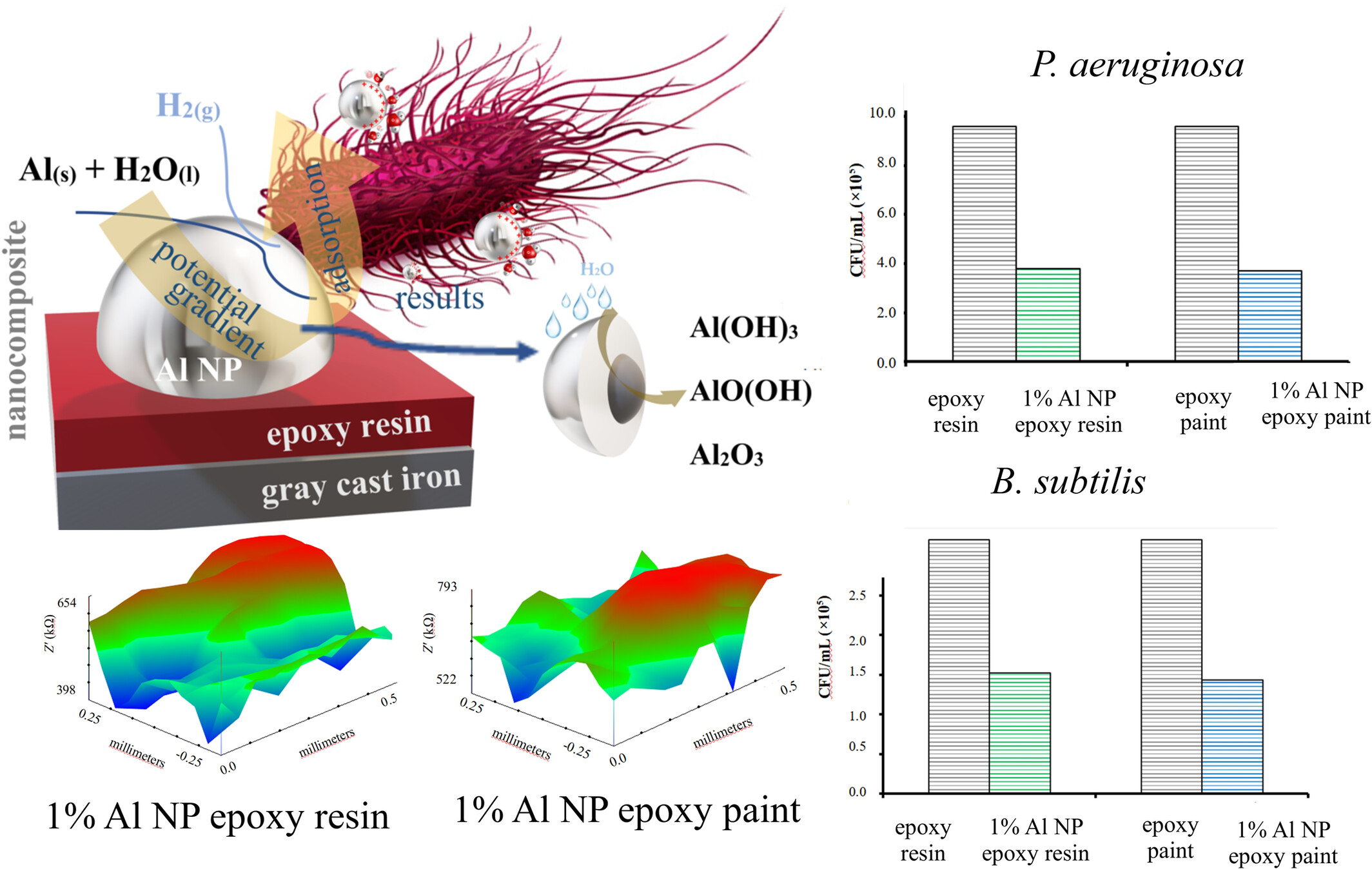
The main goal of the work is to develop an active nanocomposite coating system that will extend the life of drainage pipes. Aluminum nanoparticles (Al NPs) are used for this purpose. Nanocomposite coatings show good Al NP dispersion within epoxy resin and paint, and improvement in electrochemical measurements and in antibacterial effect compared to the control sample without nanoparticles.
Quick response-encoded chip engraved onto multifunctional aspirin loaded enteric films by fused filament fabrication-3D printing
- First Published: 20 December 2023
CORRECTION
Correction to “Fractionated and purified hybrid poplar lignins as a polyol replacement in rigid polyurethane/polyisocyanurate foams”
- First Published: 03 January 2024




